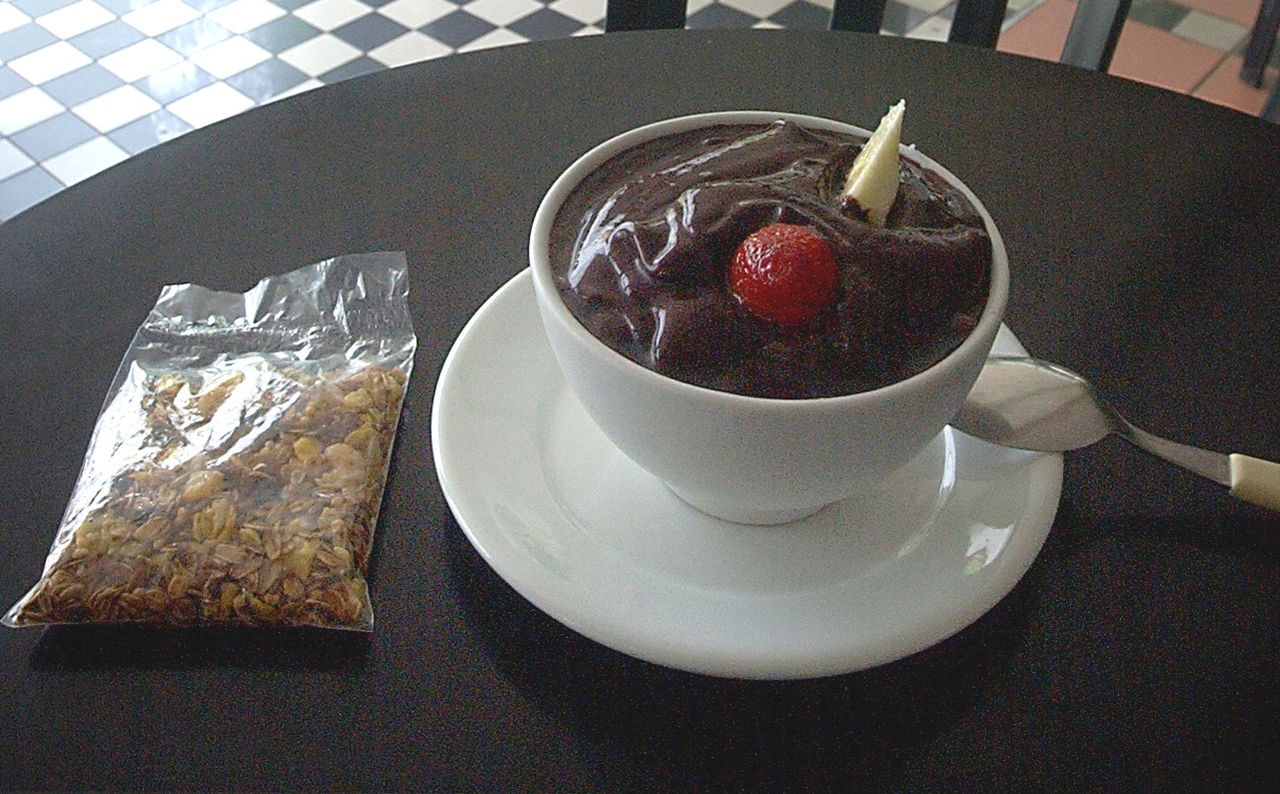Here we will discuss about two recent studies about the relation between protocatechuic acid and Alzheimer's disease.
Diet appears to be have some relation with the progression of Alzheimer's disease, maybe related to the gut microbiome. There is a clear relation between gut's microbiome and Alzheimer's disease which was formalized in Braak's stages.
The aims of the first study were to detect the main anthocyanins of blueberry extract; then to verify the protective effects of anthocyanin-rich blueberry extract on hippocampal neurons and the promotion of autophagy; and finally to investigate the main protective effects and mechanisms of protocatechuic acid, a major metabolite of blueberry extract, for promoting autophagy and thus playing a neuroprotective role.
Protocatechuic acid is a type of phenolic acid increasing bringing plants resistance against fungus. It is a major metabolite of antioxidant polyphenols found in green tea. It has mixed effects on normal and cancer cells in in vitro and in vivo studies.
Açaí oil, obtained from the fruit of the açaí palm (Euterpe oleracea), is rich in protocatechuic acid (630±36 mg/kg).

Protocatechuic acid is regarded as an active component in traditional Chinese herbal medicine. For example the dried and mature fruits of the Zingiberaceae plant Alpinia oxyphylla Miq, is a choice in traditional Chinese medicine to treat Alzheimer's disease.
Recent studies have demonstrated its potent activities in modulating multiple signaling pathways associated with β-amyloid deposition, tau protein phosphorylation, chronic inflammation, oxidative stress.
In this study mice models of Alzheimer's disease (APP/PS1) were given 150 mg/kg blueberry extract daily for 16 working days. The mice were then sacrificed and morphology of neurons was observed under transmission electron microscope and autophagy-related proteins were detected.
Protocatechuic acid also promoted autophagy of neurons and the mechanism was mainly involved in increasing autophagosome degradation.
Neuron damage in morphology was reduced and the expression of autophagy-related proteins in APP/PS1 mice were promoted after blueberry extract treatment. In vitro, Aβ25-35-induced cytotoxicity, including decreased neuron viability and increased levels of lactate dehydrogenase and reactive oxygen species, was effectively reversed by protocatechuic acid.
Furthermore, by adding autophagy inducers rapamycin and autophagy inhibitors Bafilomycin A1, it was verified that degradation of autophagosomes was upregulated and autophagy was promoted by protocatechuic acid.
Yet it seems unlikely that any chemical coumpound would dramatically improve Alzheimer's disease in a few weeks and we all know that few results like that are credible. However other recent studies have hinted at similar results.
Protocatechuic acid is a dihydroxybenzoic acid with is a precursor of some insecticides and neurotransmitters like catecholamines, so it is indeed a potent and possibly dangerous drug.
In the treatment of Alzheimer's disease, it is important to develop alternative cholinesterase inhibitors with antioxidant properties that will reduce acetylcholine deficiency and free radical formation.
The aim of this other study was to investigate the effect of hydroquinone, 4-hydroxybenzoic acid, 3,5-dihydroxybenzoic acid, caffeic acid, vanillic acid and chlorogenic acid against acetylcholinesterase (AChE), partially purified from serum.
Binding of compounds with effective inhibitory potential to the AChE active site as competitive was illuminated by molecular docking.
Hydroquinone, chlorogenic acid and 4-hydroxybenzoic acid have been found to have higher inhibitory potential than others against the AChE. IC50 and KI values of the phenolic compounds against AChE were found in the range of 0.26 ± 0.01-36.34 ± 2.72 mM and 0.72 ± 0.00-29.23 ± 2.62 mM, respectively.
The effectiveness of the compounds has been associated with its structure. Consequently, the phenolic compounds, which have AChE inhibitory potential and antioxidant properties, can be considered as alternative drugs in the treatment of Alzheimer's disease.
